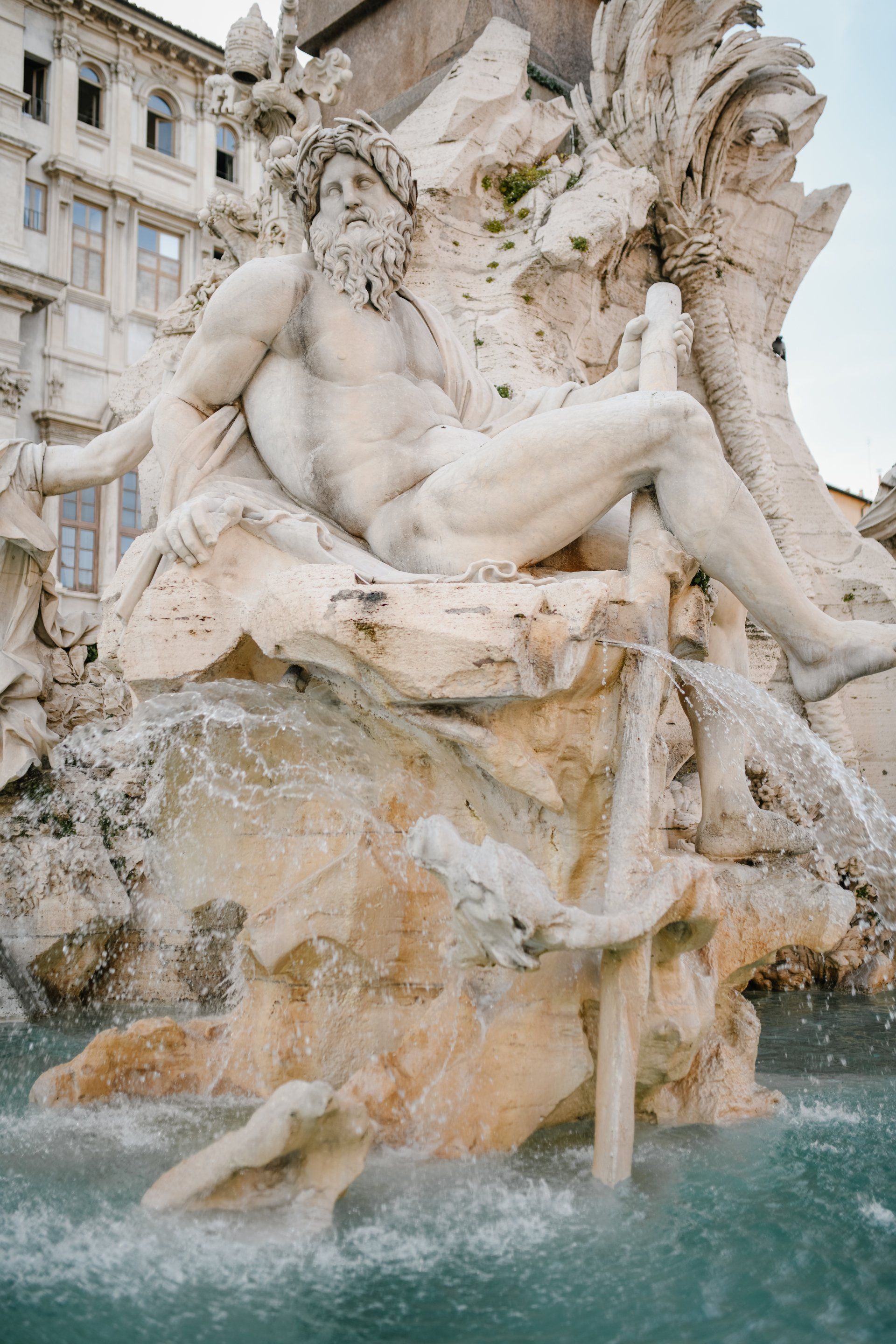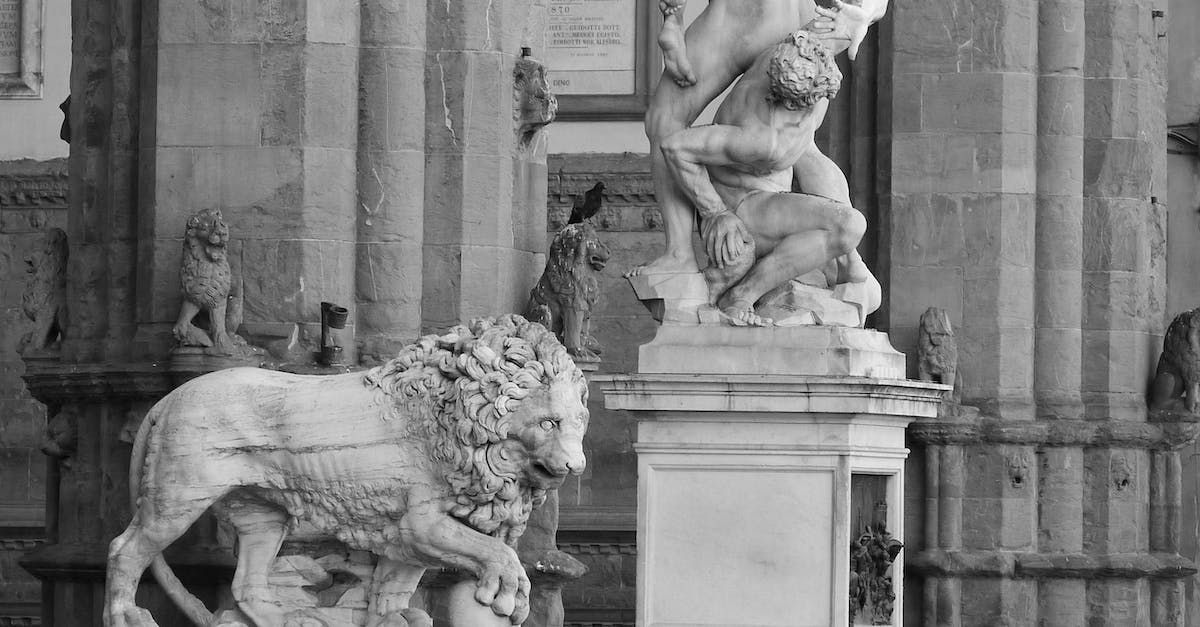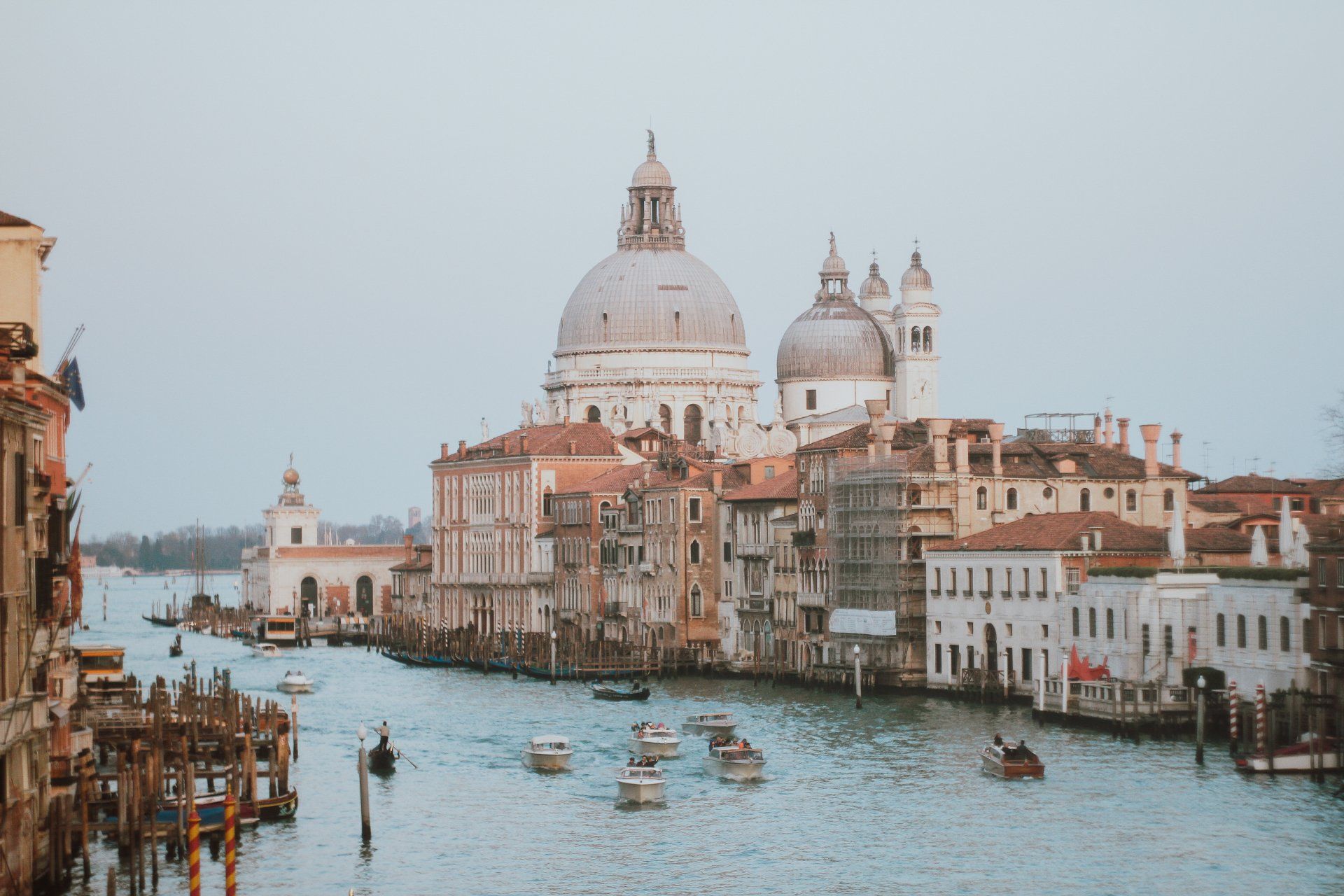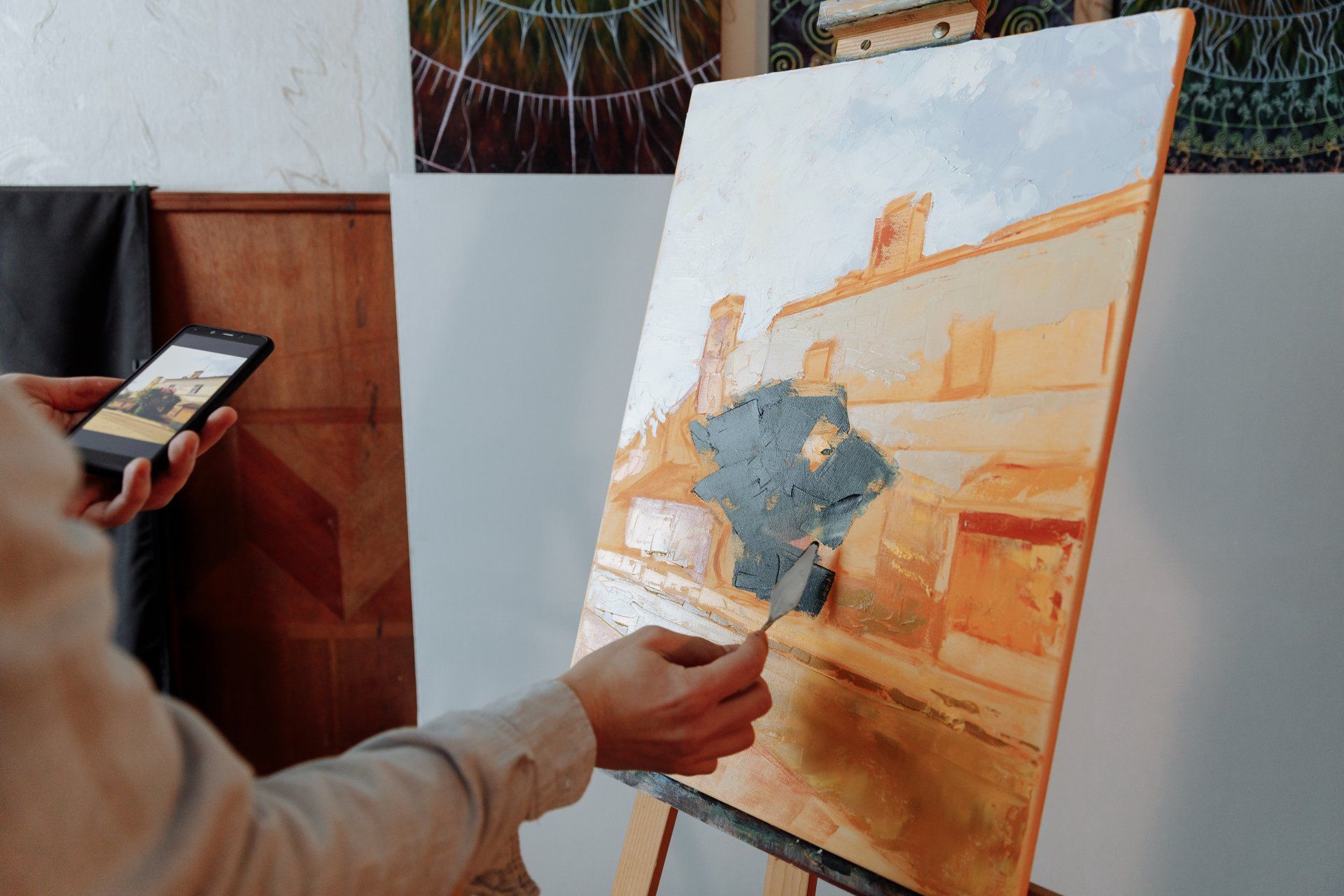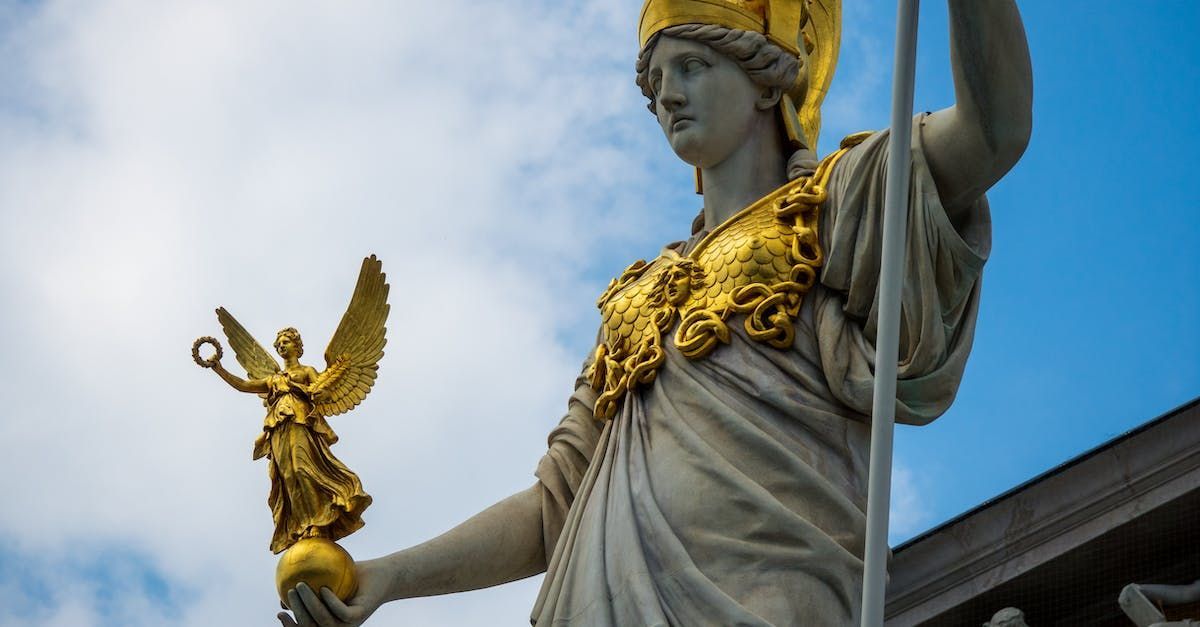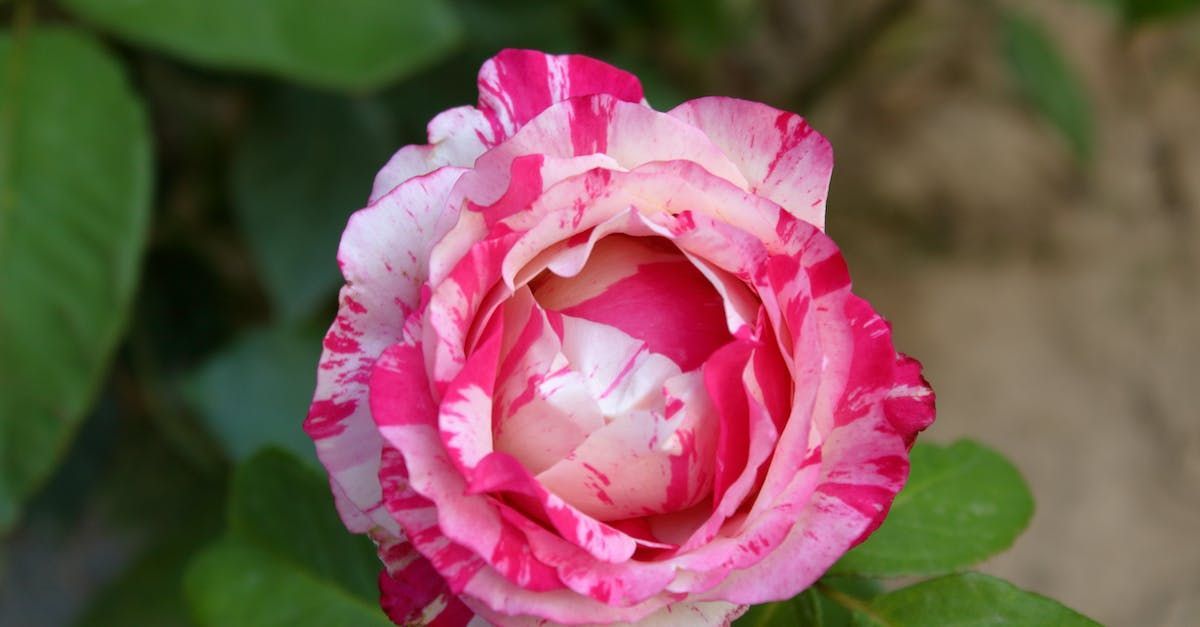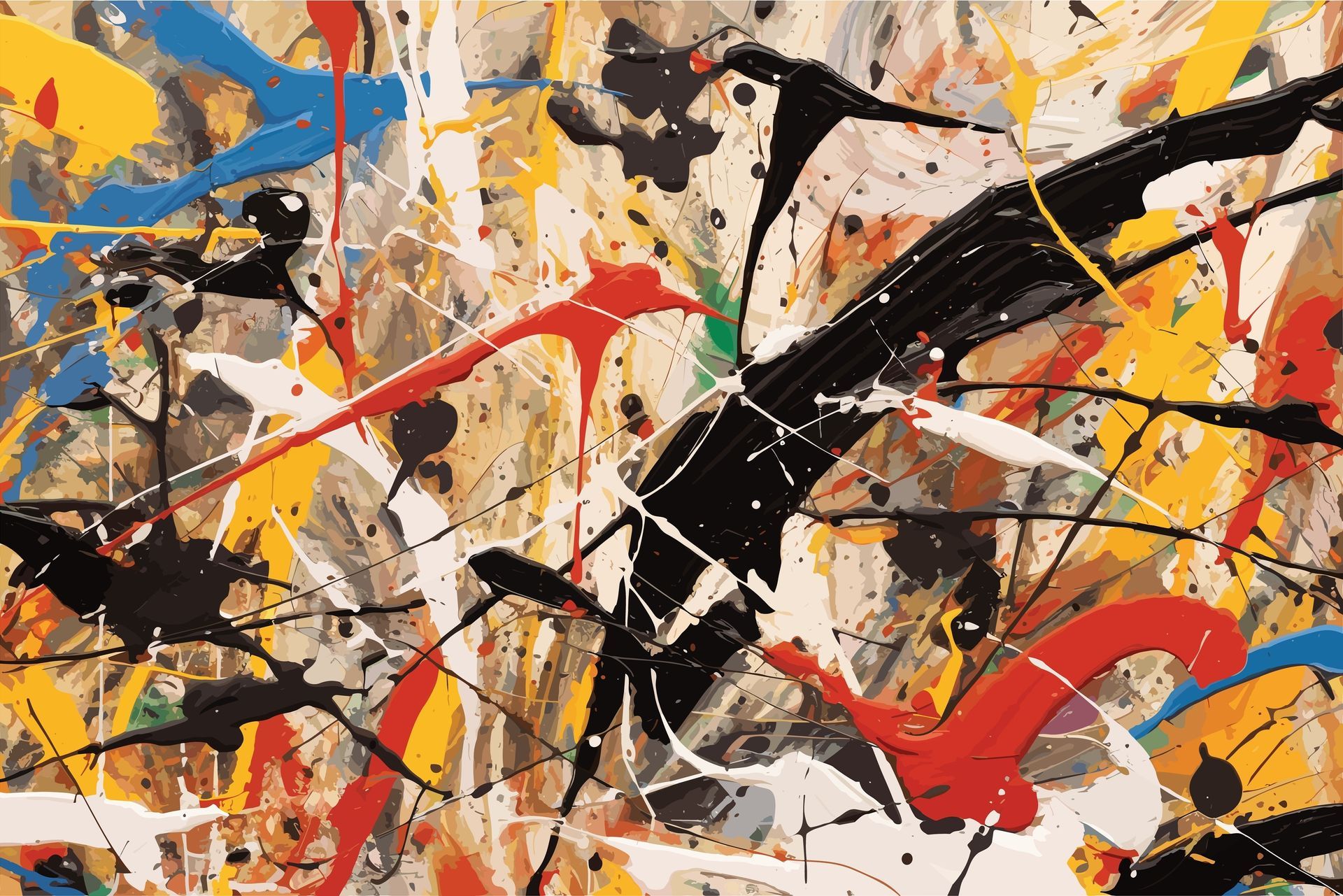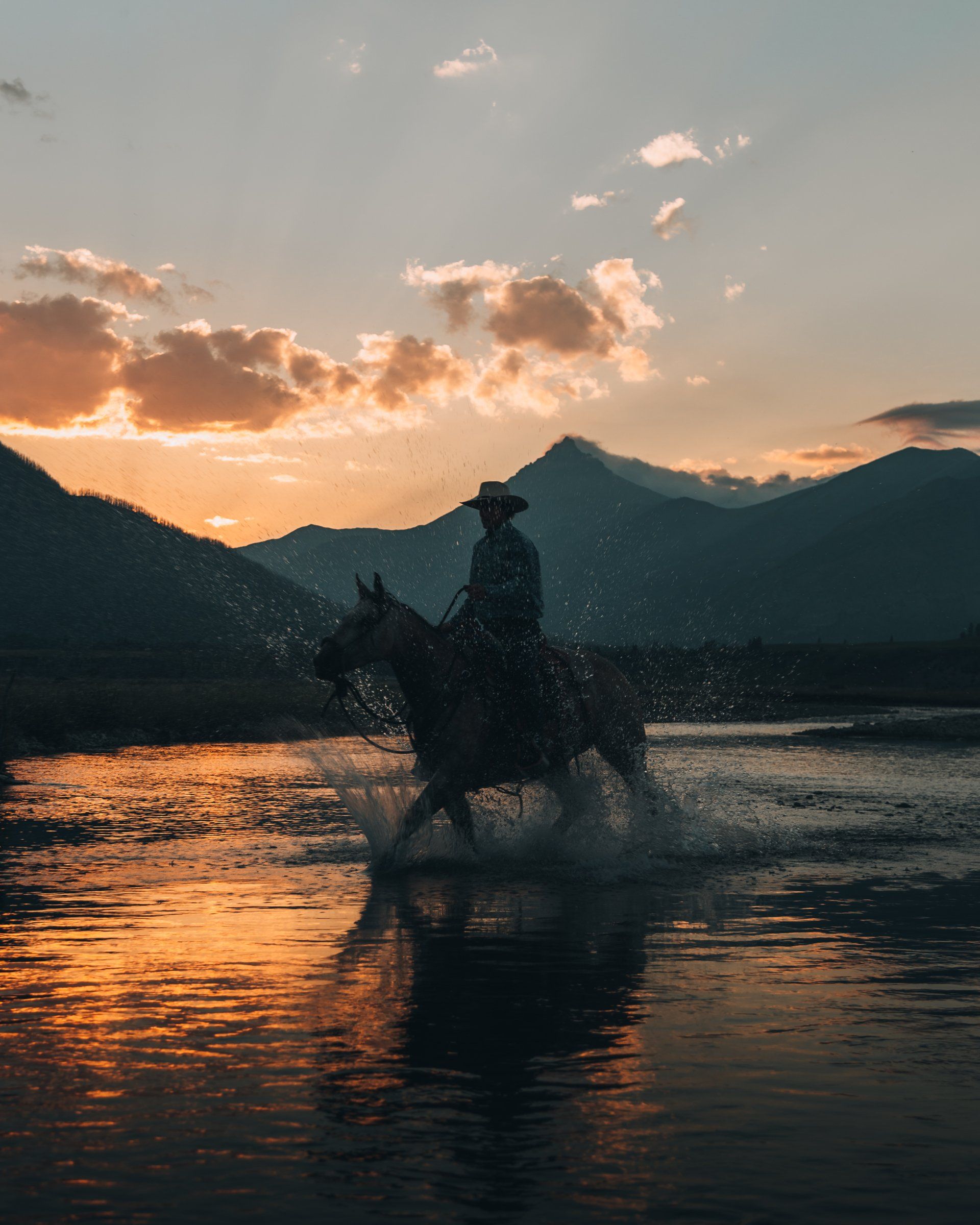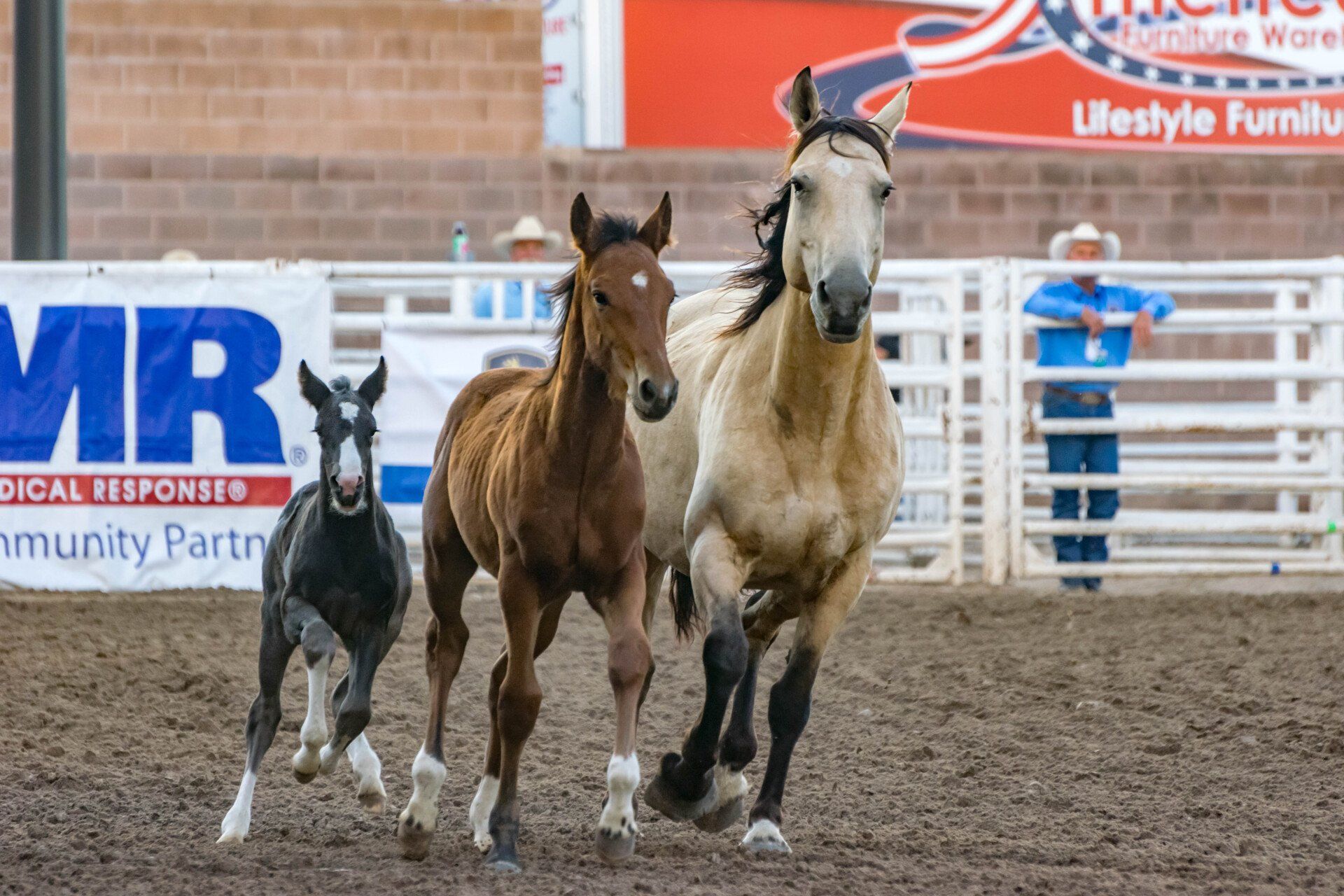Joe Beeler
Prominence in Western Art and Co-founder of the Cowboy Artists of America
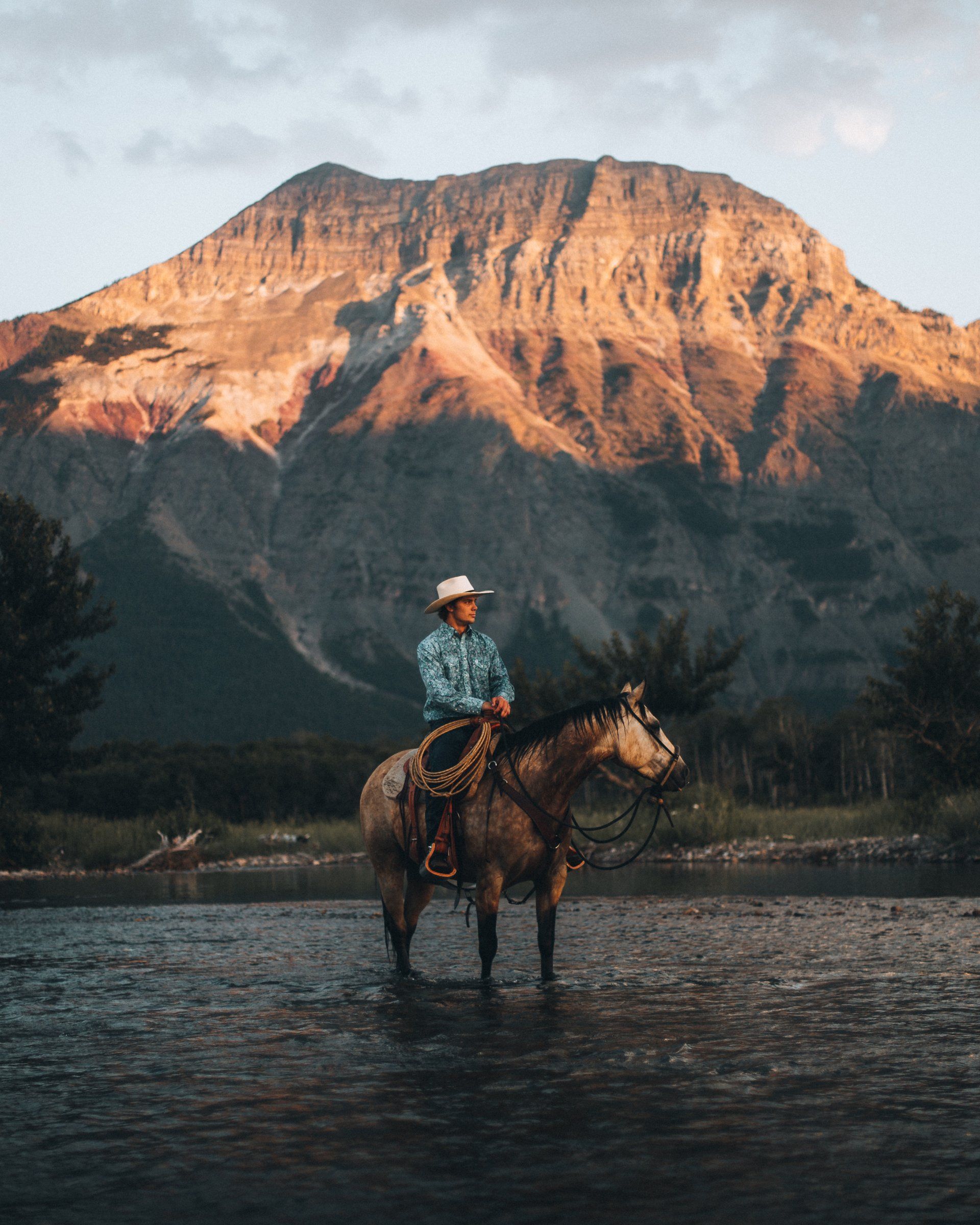
Joe Beeler, a prominent Western artist who lived from 1931 to 2006, made significant contributions to the world of Western art. As a co-founder of the Cowboy Artists of America, Beeler played a pivotal role in promoting and preserving the Western artistic tradition. He specialized in depicting cowboys, Native Americans, and ranching scenes, capturing the essence of the Western way of life. This article explores Joe Beeler's artistic career, his dedication to Western art, and his ability to convey the spirit of the West.
Prominence in Western Art and Co-founder of the Cowboy Artists of America:
Joe Beeler's impact on Western art cannot be overstated. As a co-founder of the Cowboy Artists of America, he played a vital role in elevating the genre and promoting the Western artistic tradition. Beeler's artistic talent, vision, and dedication to preserving the Western heritage earned him recognition and respect among fellow artists, collectors, and art enthusiasts. His contributions to Western art continue to inspire and shape the genre.
Depiction of Cowboys, Native Americans, and Ranching Scenes:
Beeler's specialization in depicting cowboys, Native Americans, and ranching scenes showcased his deep connection to the Western way of life. His artwork celebrated the spirit, traditions, and values associated with the cowboy culture. Beeler's keen observation and attention to detail allowed him to capture the nuances of the Western experience, whether it was the ruggedness of a cowboy on horseback, the dignity of a Native American warrior, or the daily activities on a ranch. Through his paintings, Beeler conveyed a deep appreciation for the diverse individuals who shaped the American West.
Capturing the Essence of the Western Way of Life:
One of Joe Beeler's remarkable qualities as an artist was his ability to capture the essence of the Western way of life. His artworks went beyond surface representation; they conveyed the soul, character, and emotions of the subjects. Beeler's skillful use of color, composition, and brushwork created a sense of authenticity and vitality, allowing viewers to connect with the narratives and atmosphere of his paintings. Whether depicting the camaraderie of cowboys, the strength of Native American cultures, or the challenges of ranching, Beeler's art evoked a deep appreciation for the spirit and legacy of the American West.
Legacy and Impact:
Joe Beeler's artistic legacy and impact on Western art are enduring. His dedication to preserving the Western artistic tradition, his skillful depictions of cowboys, Native Americans, and ranching scenes, and his role in founding the Cowboy Artists of America have solidified his place in the pantheon of Western artists. Beeler's artworks continue to inspire and resonate with audiences, serving as visual testaments to the Western way of life and reminding us of the enduring allure and significance of the American West.
Joe Beeler, a prominent Western artist and co-founder of the Cowboy Artists of America, left an indelible mark on the world of Western art. His specialization in depicting cowboys, Native Americans, and ranching scenes showcased his deep connection to the Western way of life. Beeler's ability to capture the essence of the West through his art, his dedication to preserving the Western artistic tradition, and his role in elevating the genre have secured his place as a highly respected figure in Western art. His paintings continue to celebrate the spirit, traditions, and values associated with the cowboy culture, preserving the rich heritage of the American West for generations to come.
